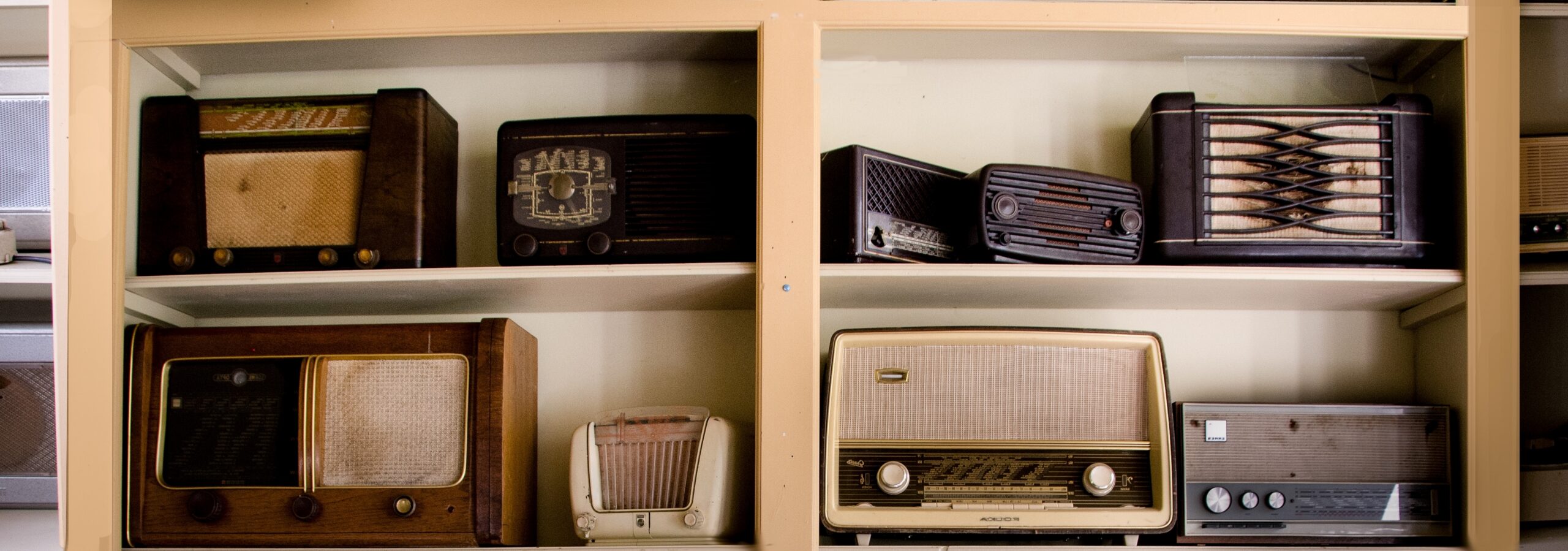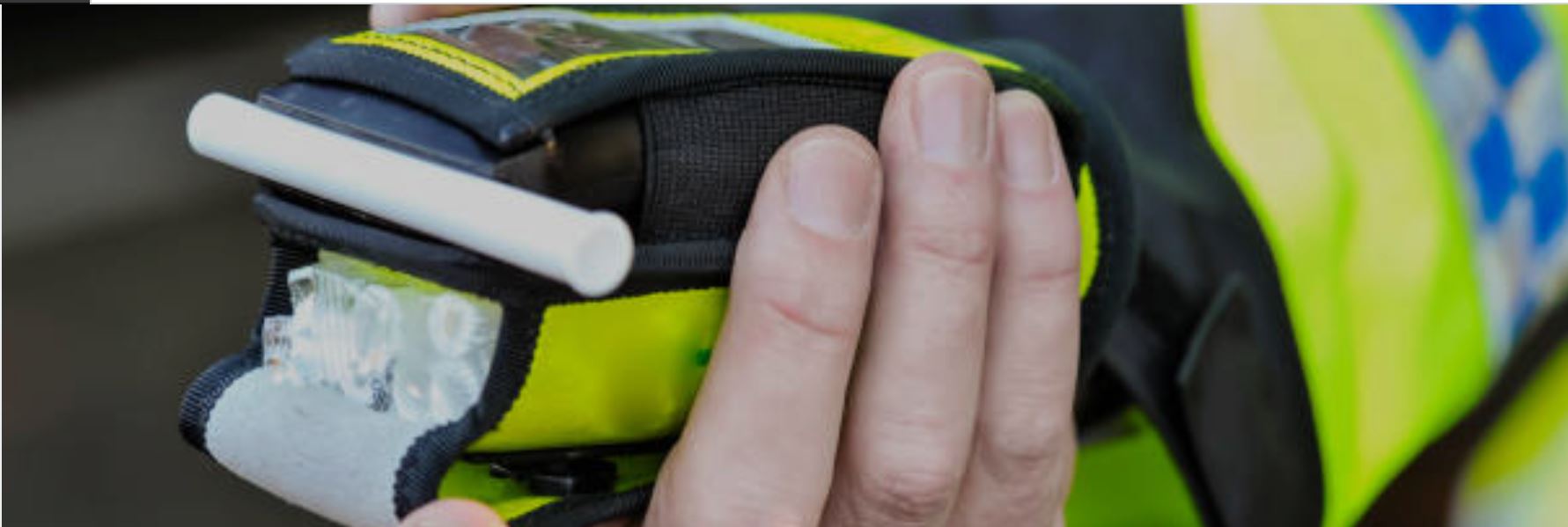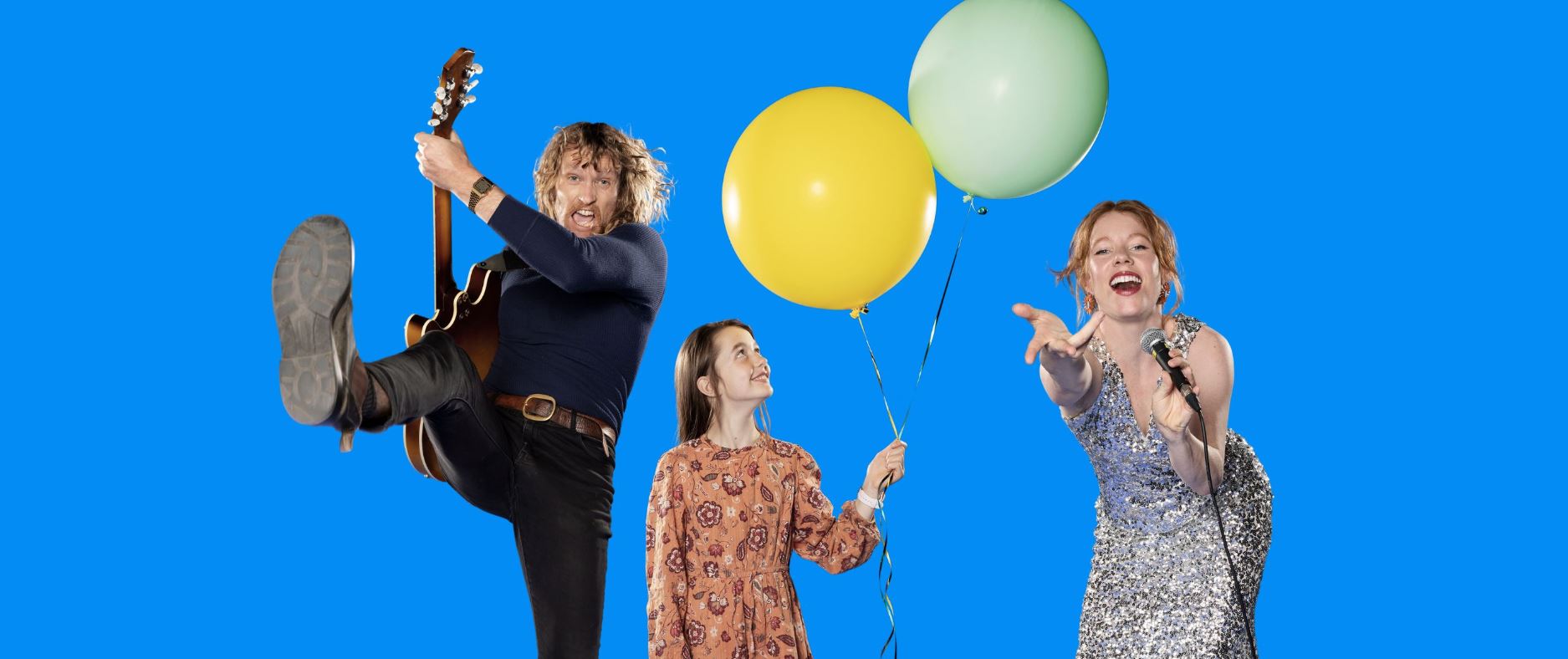February 16th, 2022The Last Word – they’re playin’ Jeff’s song on the radio
A FEW evenings ago Carol and I were sitting in the lounge room in front of the television, looking at Netflix, and it must have been a Thursday because she had control of the remote. So anyway, we’d been there a few hours before we realised that we hadn’t actually watched any programs, we’d just been flipping through previews and listings.
“You wanna watch this?”
“No.”
“What about this?”
“We watched it last winter.”
“Oh, yeah. OK then, this.”
“We started it before Christmas, you hated it.”
“Are you sure?”
And on and on.
Here’s a bit of what we in the journalism game call “background”. Also a clumsy segue. On January 24, in Shasta County, California, where we live, population almost 181,000, the local Health & Human Services Agency announced that the county had a Covid-19 transmission rate of more than 1000 per 100,000 residents. This is 10 times higher than what the national Centre for Disease Control and Prevention considers to be a “high transmission” rate.
There was also an item on the news that said these numbers are likely on the low side because they don’t include DIY testing.
According to CNN, transmission levels are based on the number of new Covid cases per 100,000 people, and the positivity rate, measured over the past seven days, which basically show how much virus is spreading around us.
“The level of coronavirus transmission is an important determinant of how much risk you’re in, if you’re vaccinated or unvaccinated,” CNN medical analyst Dr Leana Wen said.
Shasta County officials have thus far responded to the demands of their constituents by doing nothing.
All of which leaves us returned to self-imposed lockdown, aimlessly browsing through TV channels and streaming services.
But on this particular evening I remembered something from my many years commuting to and from Melbourne on the Bendigo V/Line train, from Kyneton to Southern Cross, five days a week, an hour each way. Much of the time I’d try to do something useful related to work, but often all I wanted was entertainment.
That’s when I discovered old radio programs.
Most of these shows ran for 30 minutes, although there were some one-hour programs. You can sit quietly or get up and do things while you listen. It is liberating to be freed from the TV screen.
In the 1940s and ’50s radio was the leading form of home entertainment. There were hundreds of different programs, most produced in the US but many made in Australia and Britain.
Dozens of private detectives prowled the airways, some with familiar names such as Raymond Chandler’s Philip Marlowe and Dashiell Hammett’s Sam Spade, but others like Jeff Regan, Barrie Craig, Richard Diamond, and female sleuth Candy Matson lived only on radio. British crime fighters such as Sherlock Holmes and Bulldog Drummond had their own shows.
Cowboys were also popular, and many of their programs galloped straight from radio to television, including Gunsmoke, Lone Ranger and The Adventures of Wild Bill Hickok.
If you listen to enough of these shows you find the same actors turning up in hundreds of roles across every genre. Gerald Mohr starred as the voice of Philip Marlowe in a long-running series, but he also appeared in supporting roles in hundreds of other shows. John Dehner played Paladin in the radio version of Have Gun – Will Travel, which began on television and was adapted for radio, and also he starred in the western series Frontier Gentleman. Both actors successfully moved between jobs in radio, TV and film.
Many big-name film stars also enjoyed work in radio. Frank Sinatra had his own show, Rocky Fortune, a “foot-loose and fancy-free young gentleman” who had a knack for finding trouble.
Alan Ladd’s show Box 13 ran along similar lines. James Stewart played a laconic cowboy on his show The Six Shooter.
Raymond Burr had dozens of roles along with his own western, playing a virtuous US cavalry officer in Fort Laramie.
There was plenty of comedy on radio, from sitcoms to variety programs. Groucho Marx’s You Bet Your Life worked a treat on radio, and radio was the ideal medium for the humour of Jack Benny and George Burns. Eve Arden in Our Miss Brooks and Ann Sothern in The Adventures of Maisie were both long-running programs.
Many of these radio shows were originally broadcast live, and occasionally you can hear actors miss their lines. Often they have been preserved on acetate records, so sometimes it’s like listening to an old scratchy record.
On a few of these recordings the advertisements have also been preserved, and it is so entertaining to hear the benefits to be had from various brands of cigarettes. Jack Benny’s program was sponsored by Lucky Strike, and Milton Berle’s sponsor was Philip Morris. Wild Bill Hickok’s sponsor was breakfast cereal maker Kellogg’s, which boasted that its sugar corn pops were so sweet, you could eat it like candy.
The internet is rich with sites from which you can easily stream these radio shows. The programs produced in Australia aren’t always easy to find but the National Film and Sound Archive is an excellent resource for discovering this great form of entertainment. There is also a treasure trove of programs from a source called Internet Archive. One of the best collections of these old radio shows is the Boxcars711 Old Time Radio Pod.
After many happy years living in Victoria and working at The Age, former Wheatsheaf resident Jeff Glorfeld went back to California, the land of his birth, where in the past three years he has survived bushfires, snowstorms and drought. And Trump. And Covid. The cicadas and locusts didn’t arrive. Well, not yet.
Main image: Alex Blăjan on Unsplash | Inset: Kyle Barnes










